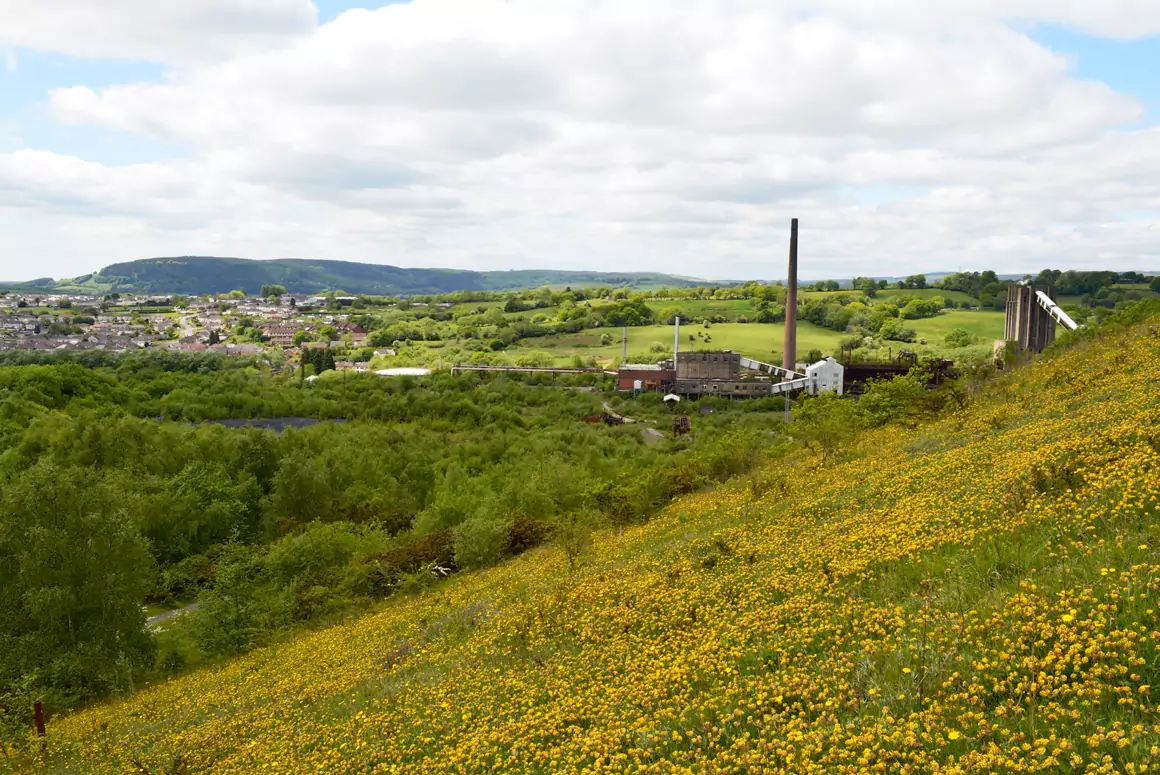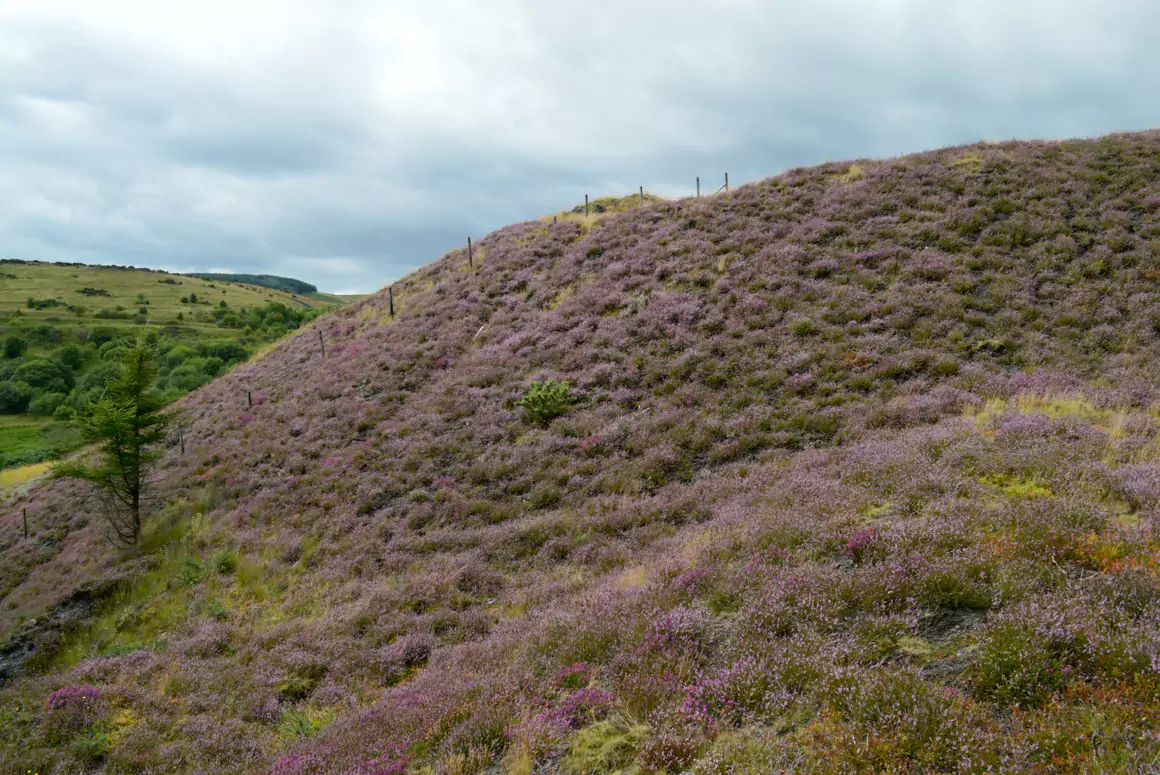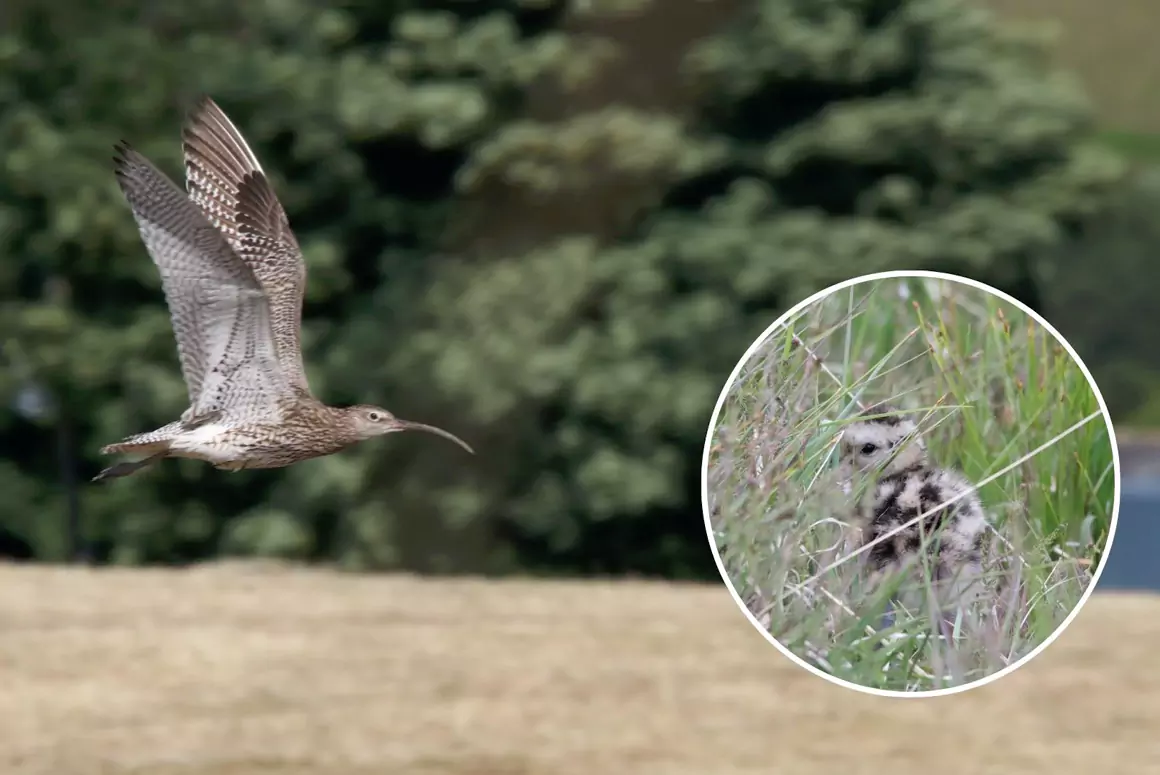![]()
The Wales Coast Path is an achievement worth celebrating, says Pat O’Reilly.
Most people who live in Wales or visit for holidays are familiar with some parts of our shoreline, but until 2012 opportunities to enjoy the coast of Wales in its entirety had been strictly for the birds. That’s nothing to be ashamed of: no country in the world had ever created a formal hiking trail all around its coast – at least, not until 5th May 2012. That was when the Wales Coast Path, the outcome of a five-year investment programme, was officially opened by Environment Minister John Griffiths.
Pembrokeshire Coast Path, opened by Wynford Vaughan-Thomas in 1970, attracts walkers from all over…
Developed by the Welsh Government and the Countryside Council for Wales in partnership with the sixteen coastal local authorities plus the National Park Authorities of Pembrokeshire Coast and Snowdonia, the coast path traverses cliffs and dunes, beaches and harbours, with the occasional incursion inland, to cross a river estuary, to take in a coastal hamlet nestling beside a hidden cove, or to avoid military land, ports, industrial areas or sensitive wildlife sites.

From the Welsh border near Chester, on the Dee Estuary, the path will take you via the popular North Wales seaside towns, across the Menai Strait to ‘circumhike’ the Isle of Anglesey before pressing on to the lovely Llŷn Peninsula. From there the path heads southwards along the majestic arc of Cardigan Bay, joining up with Pembrokeshire Coast Path from Poppit Sands to Amroth and then, via Burry Inlet and the stunning Gower Coast, turning east across the coastal dunes and beaches of South Wales to Cardiff Bay. In Cardiff an urban waterside walk takes you across the Barrage, past the capital city and on to the Gwent Levels beside the Severn Estuary, ending up at Chepstow.

What an adventure, and what sense of achievement to have hiked the whole path! Fortunately, for those with less time and for local people who just want to enjoy shorter walks beside the sea, this new trail comes in holiday-sized sections, with many smaller chunks accessible along the way.
If, having ticked off all sections of this 870-mile trail, you still have the urge (and the legs) for more, at Chepstow you can pick up Offa’s Dyke Path, which runs along the Wales-England border, and hike your way back up to the North Wales Coast, a complete circuit of 1030 miles.
Without doubt it is an exciting concept, but in these times of financial stringency we have to ask whether the Wales Coast Path, at a cost some £13 million (of which £3.6 million came via allocations from the European Regional Development Fund), represents good value for public money. With pioneering projects success is never guaranteed, but this was hardly a shot in the dark. Anglesey’s coastal path was opened in 2006, while Pembrokeshire National Park Authority has more than 40 years’ experience of maintaining a major coast path.
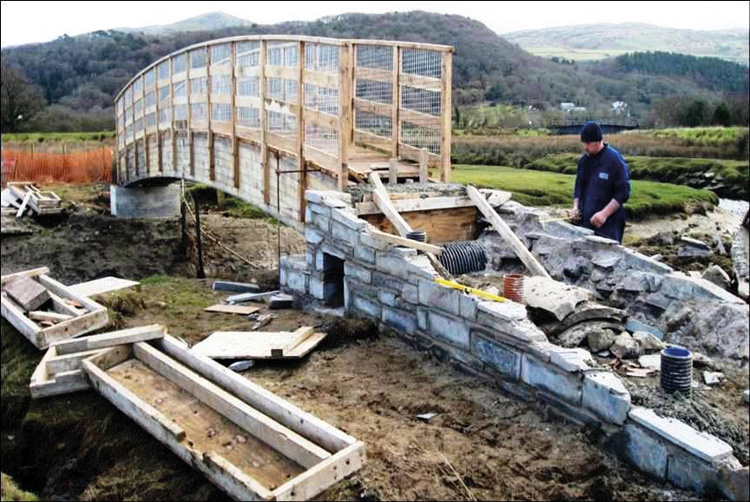
Pembrokeshire Coast Path, opened by Wynford Vaughan-Thomas in 1970, attracts walkers from all over the world. There are good reasons for this popularity: the coastal cliffs, rocky coves and sandy beaches of Wales’s most westerly county are star attractions, not only for their outstanding scenic beauty but also for the diversity of their wildlife. In enterprising coastal communities many livelihoods depend on supporting visitors who take on the challenge of hiking the entire path in one or perhaps a few holiday visits. The park authority estimates that this 186-mile trail generates visitor spend of £14 million per year. If the Wales Coast Path delivers at even a quarter of this rate the return on investment would make it one of Wales’s most successful publicly-funded initiatives of recent times.
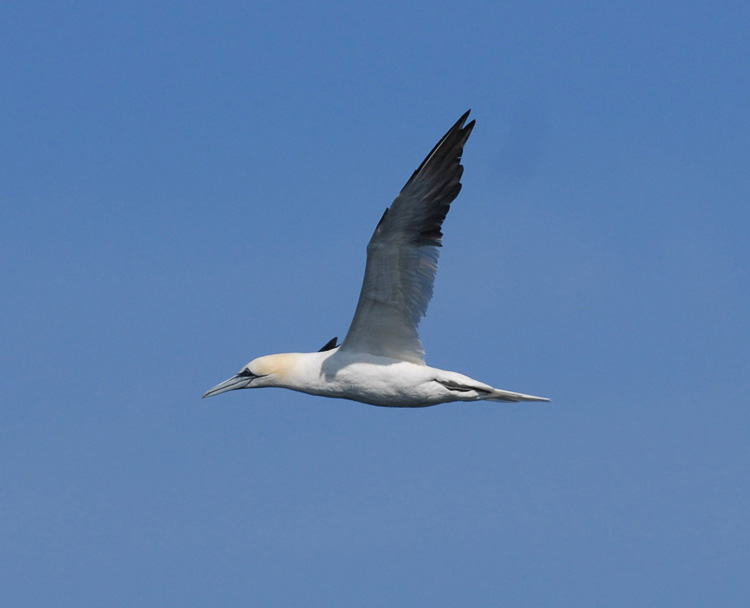
With good management and marketing, there seems little doubt that this pioneering initiative should deliver returns many times greater than the construction cost. The resulting employment, mainly in rural areas, will then justify the ongoing improvements and maintenance work necessary to ensure that this world-first for Wales remains safe and has world-class signage backed by modern interpretation media and visitor information.
Official Wales Coast Path website: www.walescoastpath.gov.uk / www.llwybrarfordircymru.gov.uk.



